
 Propose the layout diagram of the folding kayak with a rigid hull or a light boat in the yard, It consists of middle main part and two detachable sections — bow and stern, the kayak is still detachable deck (Fig. 1). All items in the Assembly must quickly and hard enough to communicate with each other.
Propose the layout diagram of the folding kayak with a rigid hull or a light boat in the yard, It consists of middle main part and two detachable sections — bow and stern, the kayak is still detachable deck (Fig. 1). All items in the Assembly must quickly and hard enough to communicate with each other.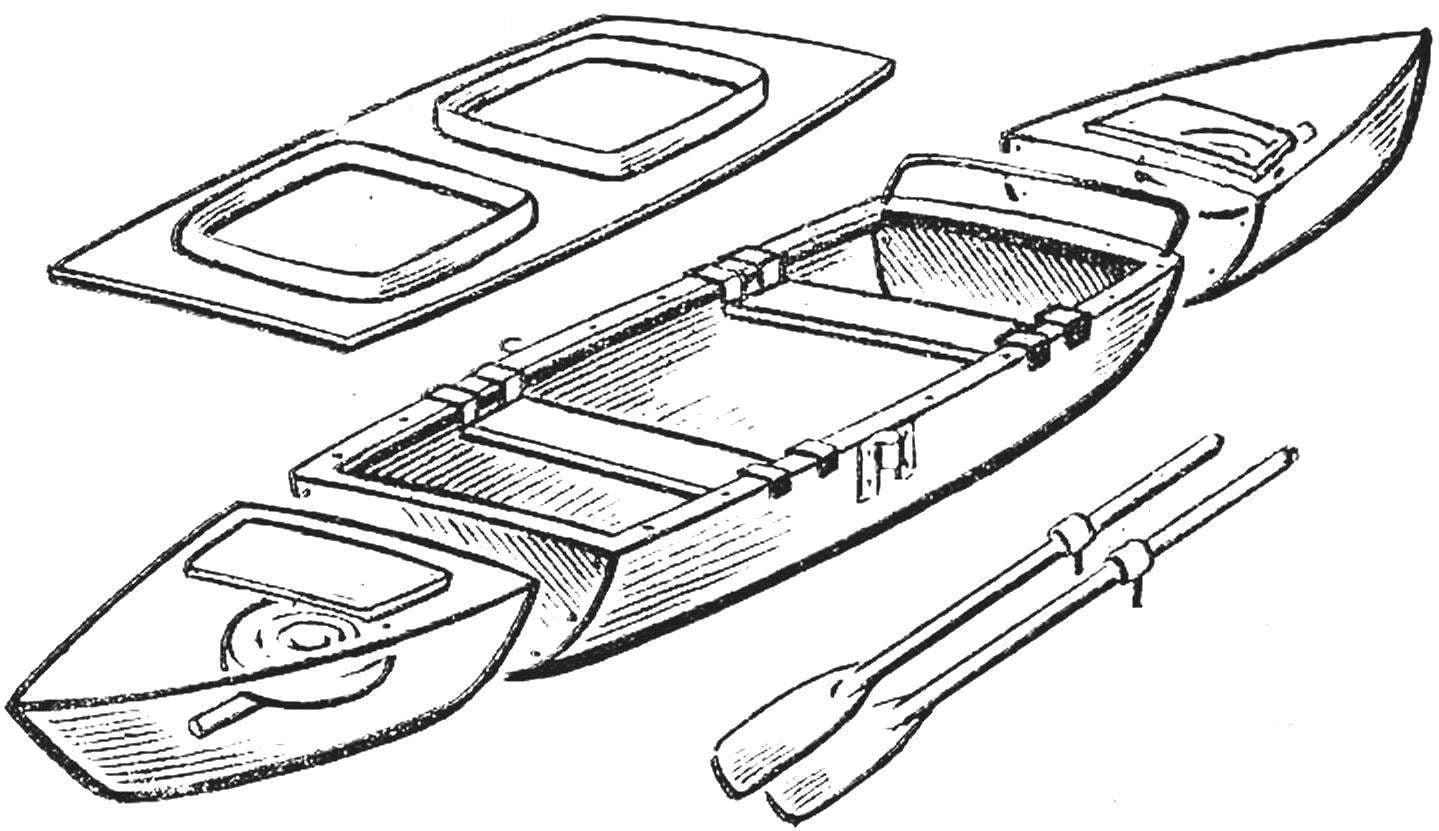
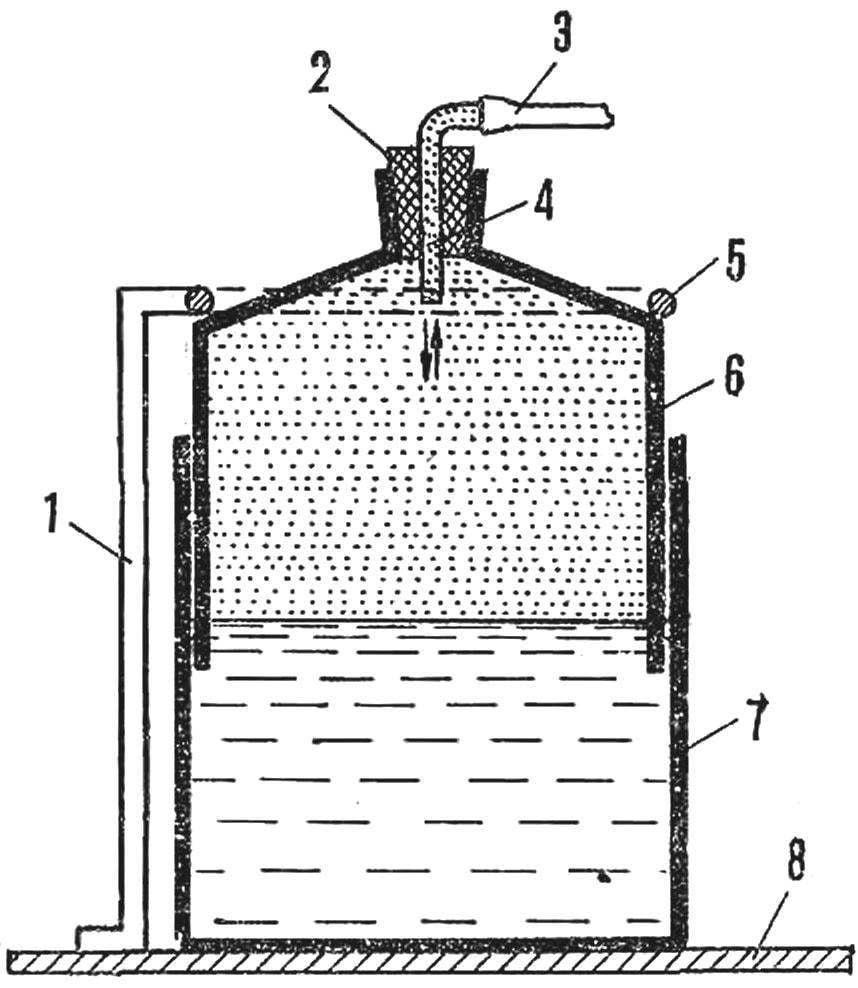
 For works in chemical laboratory hydrogen is produced usually by the reaction of zinc with hydrochloric acid (HCL). Sometimes you need a small amount of gas, and 1 g of zinc makes about 400 ml of hydrogen, so that, using part of it, the rest have to release into the atmosphere.
For works in chemical laboratory hydrogen is produced usually by the reaction of zinc with hydrochloric acid (HCL). Sometimes you need a small amount of gas, and 1 g of zinc makes about 400 ml of hydrogen, so that, using part of it, the rest have to release into the atmosphere.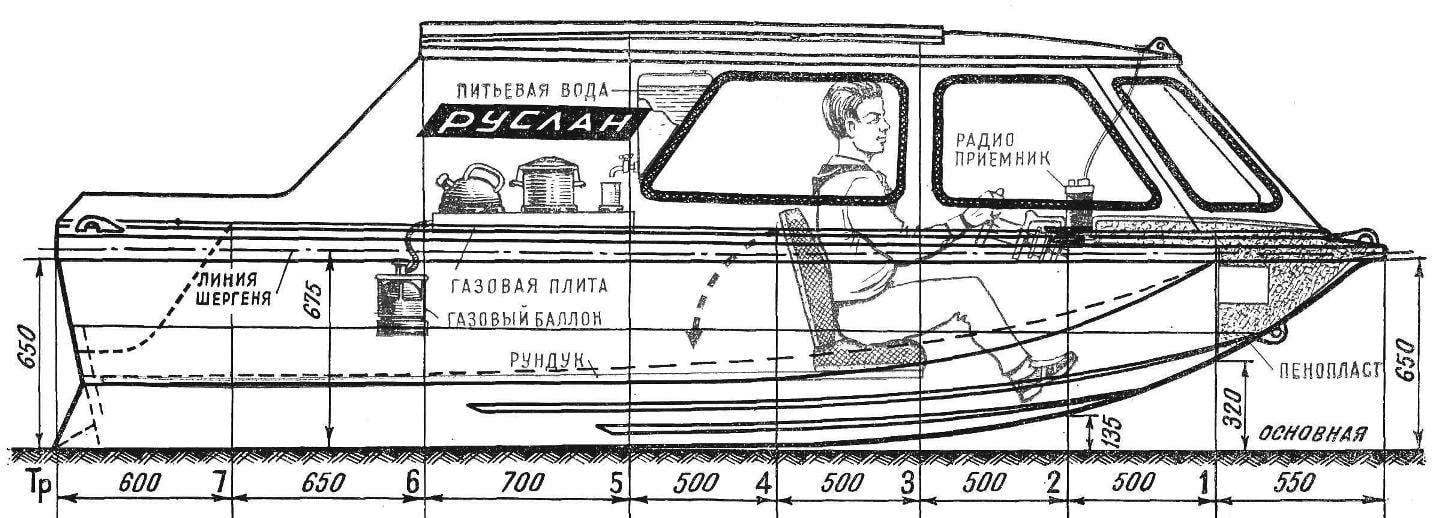
 (The end. The beginning in № 5, 1975)
(The end. The beginning in № 5, 1975)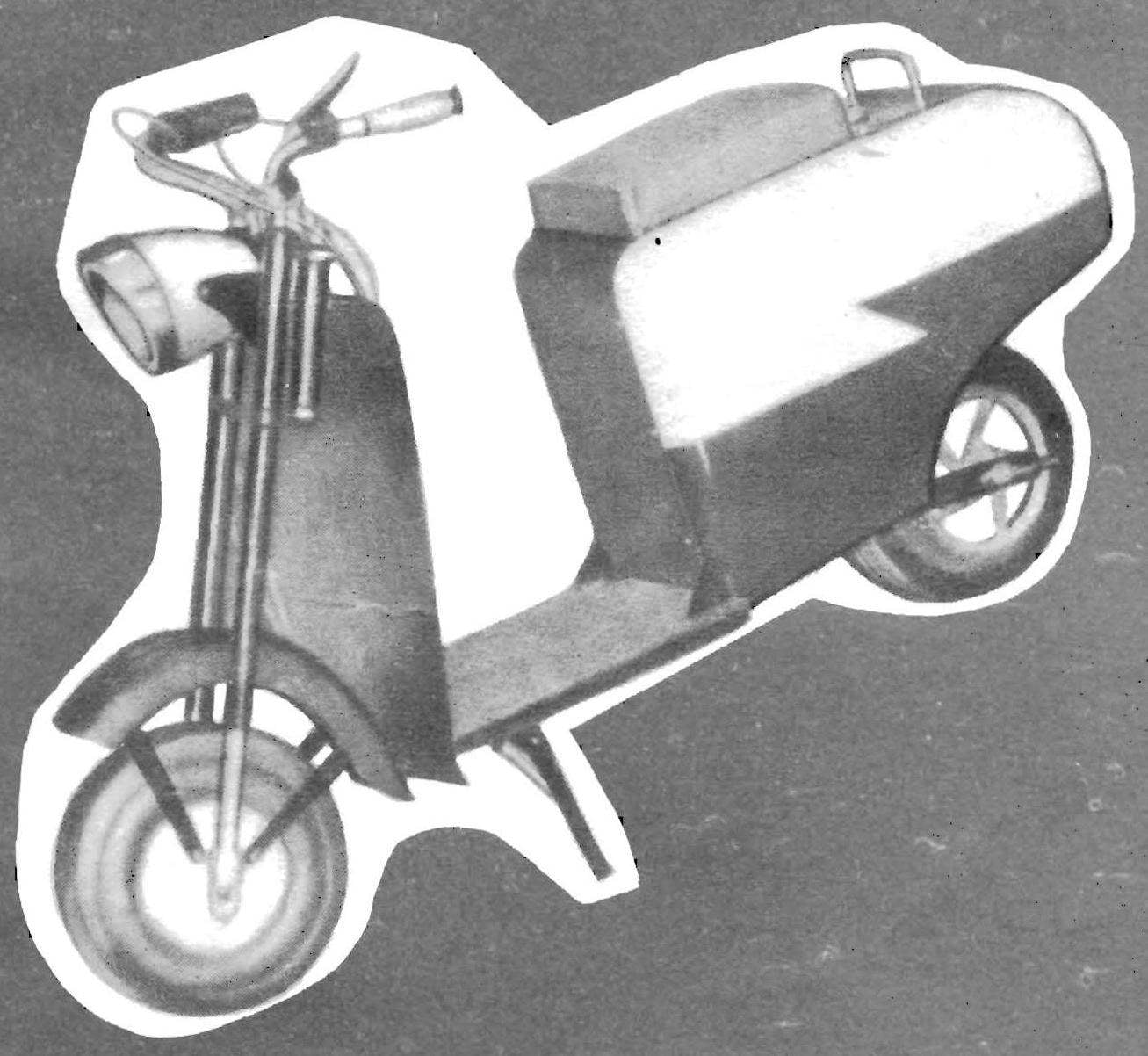
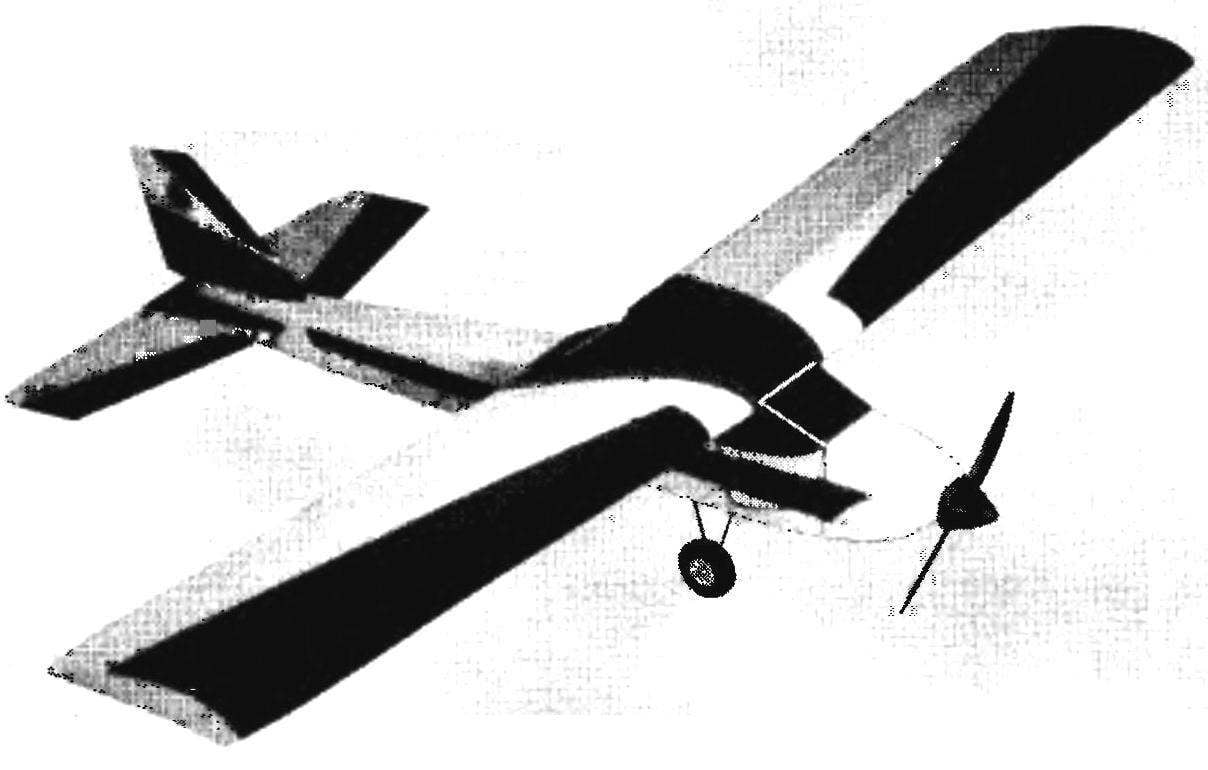
 Control line model plane-vysokoplan. The first simplest kordovye model. made of pair plates, quickly bored novice modelers — they, of course, want to raise in the air like a real airplane.
Control line model plane-vysokoplan. The first simplest kordovye model. made of pair plates, quickly bored novice modelers — they, of course, want to raise in the air like a real airplane.
 The mid 50-ies of XX century marked the beginning of the end of British naval power. Powerful, but not conformed to the new reality fighting ships of world war II were annually given up on scrapping dozens. The size of the fleet decreased with great speed: to build new frigates are only marginally influenced this sad for the pride of the nation process.
The mid 50-ies of XX century marked the beginning of the end of British naval power. Powerful, but not conformed to the new reality fighting ships of world war II were annually given up on scrapping dozens. The size of the fleet decreased with great speed: to build new frigates are only marginally influenced this sad for the pride of the nation process.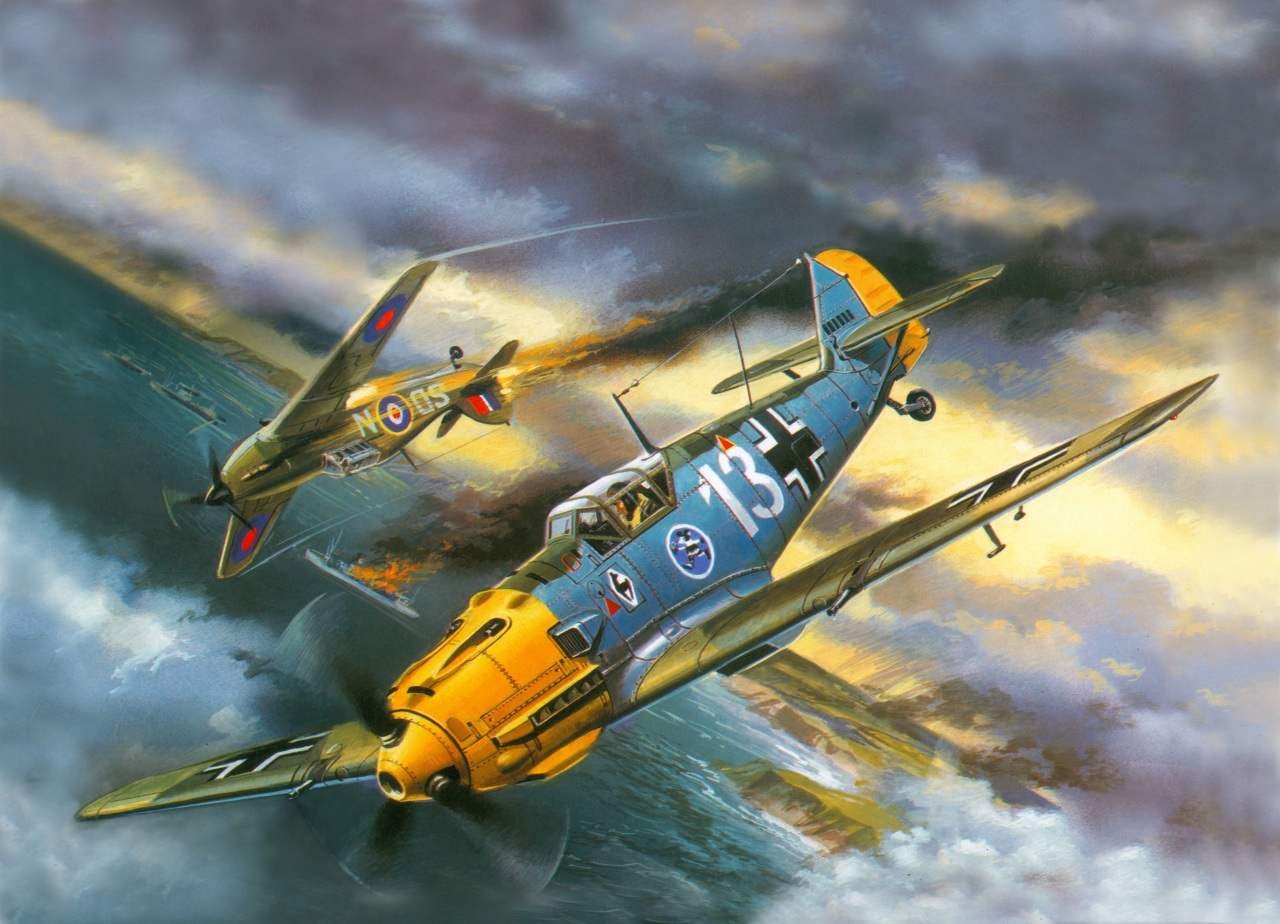
 Fighters Messerschmitt Bf 109 first modifications. (The end. Beginning at No. 7 in 2004). Frontline service Bf 109 in Spain began suddenly and quite successfully. In October 1936, when the air first came 109V5 Bf and Bf 109V6, at the BFW plant in Munich received an order from the air Ministry on the preparation of several planes to be sent to Spain for testing in combat conditions.
Fighters Messerschmitt Bf 109 first modifications. (The end. Beginning at No. 7 in 2004). Frontline service Bf 109 in Spain began suddenly and quite successfully. In October 1936, when the air first came 109V5 Bf and Bf 109V6, at the BFW plant in Munich received an order from the air Ministry on the preparation of several planes to be sent to Spain for testing in combat conditions.
 For about 100 years — since the beginning of the widespread introduction of steam machines before the end of the era of artillery and armour — the characteristics of any of a warship anyway was a compromise between speed, armament and protection.
For about 100 years — since the beginning of the widespread introduction of steam machines before the end of the era of artillery and armour — the characteristics of any of a warship anyway was a compromise between speed, armament and protection.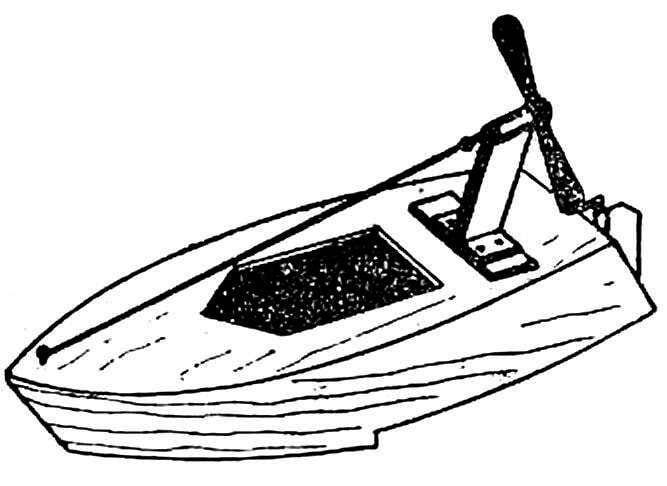
 A little patience, a little care and you’ll make a great airboat, which will obediently follow your commands on the water. In order to build it, you will need: a piece of plywood with a thickness of 2 mm, a few wooden sticks, a piece of tin from a tin can and a wire thickness of 1 mm.
A little patience, a little care and you’ll make a great airboat, which will obediently follow your commands on the water. In order to build it, you will need: a piece of plywood with a thickness of 2 mm, a few wooden sticks, a piece of tin from a tin can and a wire thickness of 1 mm.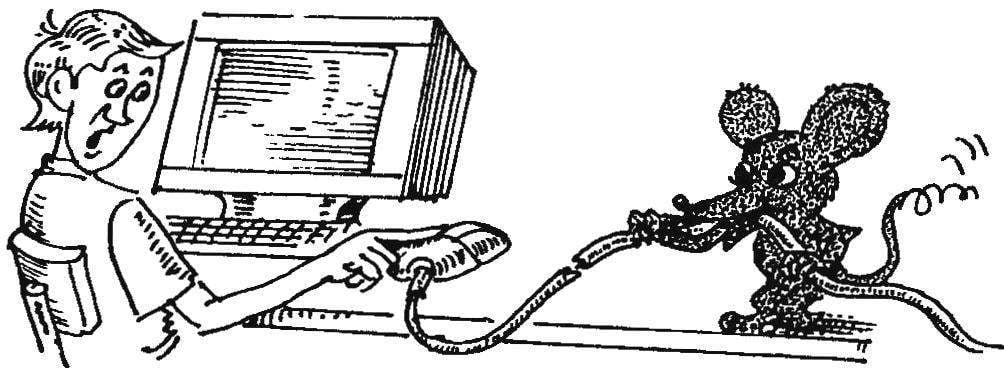
 The prototype of the computer mouse — a two-dimensional analog of the manipulator, connected to a personal computer (PC or PC) via the serial port corresponding to the RS-232 standard, and is equipped with a couple of buttons on a convenient and compact housing, is a device created almost 40 years ago at the Stanford research Institute and has incorporated a number of principles, authored by the famous inventor Douglas Engelbart (Douglas Engelbart). In appearance it is a wooden box with a “tail” — a communication cable. Obeying the movements of the operator’s hand, sneaking on the table on wheels, counting their speed and turns, this device is like sniffing the information that was immediately entered into the computer and controls the cursor movement on the screen. Indeed, what is not nosy mouse!..
The prototype of the computer mouse — a two-dimensional analog of the manipulator, connected to a personal computer (PC or PC) via the serial port corresponding to the RS-232 standard, and is equipped with a couple of buttons on a convenient and compact housing, is a device created almost 40 years ago at the Stanford research Institute and has incorporated a number of principles, authored by the famous inventor Douglas Engelbart (Douglas Engelbart). In appearance it is a wooden box with a “tail” — a communication cable. Obeying the movements of the operator’s hand, sneaking on the table on wheels, counting their speed and turns, this device is like sniffing the information that was immediately entered into the computer and controls the cursor movement on the screen. Indeed, what is not nosy mouse!..